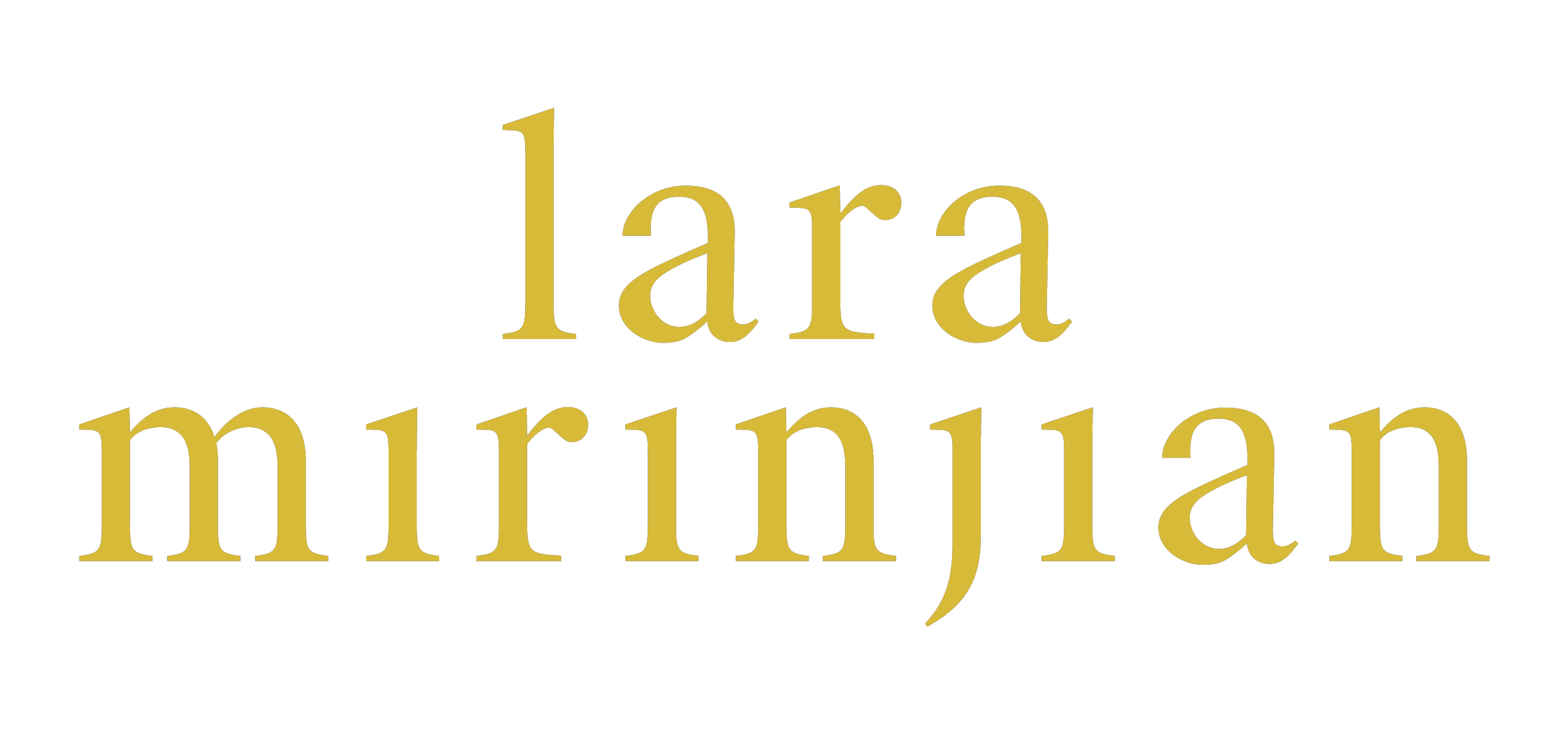“Lara, you’re always telling us to practice and get our behinds on the piano bench. What do you meeeeeeaaaaan step away from the piano?!”
Before I explain myself, I want you to know one thing:
Rhythm is much, MUCH more important than the notes.
How come?
More...
Learning the notes, whether you know them all today or not is a finite activity. There are a set amount of notes to learn—only 88 keys on a keyboard; 43 of which are not even used until late intermediate-advanced levels. This means that in less than one day, you can learn where all the notes are both on the staff (sheet music) and on the keyboard. If you go through all the notes just a few times, you’ll learn and memorize which note is which in a relatively short amount of time.
But the main reason why people struggle with sight-reading is not because they can’t identify the notes—even if it might feel that way.
The main reason why people struggle with sight-reading is because their rhythmic skills are weak.
This is because there are infinite combinations of rhythms in music.
What does this mean?
This means that if you want to succeed in music, whatever your instrument may be, you must understand note values and rests (how long to hold each note/rest) and practice as many different combinations of rhythms as you can.
In the beginning stages, I don’t even let my private students practice piano on their own because the chance of developing horrible habits that are hard to break is very high. However, it is quite safe to go crazy with rhythm practice. There aren’t many bad habits that can form by doing this on your own, which makes it the perfect starting place as well as a wonderful base to come back to if you’ve been playing for years. Working on rhythm does not require using a piano. In fact, it is highly discouraged because it can actually be a distraction. By isolating one of the two main elements of sight-reading (rhythm and note recognition), we are able to advance rhythmic skills without the interference of trying to read every single note. It can also help us practice reading ahead to keep our eyes moving instead of getting glued to each measure.
Beginning to work on reading notes and playing rhythms at the same time is like trying to do gymnastics before you’ve learned how to walk. How can you even run when you can’t even put one foot in front of the other, let alone do gymnastics? Practicing rhythm is like learning to put one foot in front of the other so you can learn how to walk. Then, when walking becomes easy, you can try to run and focus on the other pillar—the one of recognizing and playing notes. After both of these pillars are strong and you know how to walk and run, you can begin the gymnastics that is sight-reading.
So today, I want you to actually step away from your piano and dedicate your practice time to improving your rhythm.
What this will look like:
- Print the rhythm exercises HERE.
- Find a hard surface and use the right hand to tap the notes on the treble clef and the left hand to tap the notes in the bass clef. For any notes that are supposed to be played together, simply tap both hands together. Make sure you hold your hand down for any notes with longer note values (like half notes or whole notes). Make sure to lift your hand up for rests for the appropriate amount of time. If the rest is in the treble clef, lift your right hand and if the rest is in the bass clef, lift your left hand.
- Find some sheet music of a piece you’ve always wanted to learn and see if you can tap through the rhythm. This will give you a good idea for how much more rhythmic practice you’ll need before you can learn that piece.
- BONUS: Once you have a good handle on practicing different rhythms, download a free note trainer app. A free one that works great is Music Note Sight Reading Trainer. Make sure to use the “full keyboard” option in settings as opposed to the “one octave” setting.
Try this out and see noticeable improvement in just a couple days. Have fun with this, and remember I’m here for you if you have any questions or difficulties.


